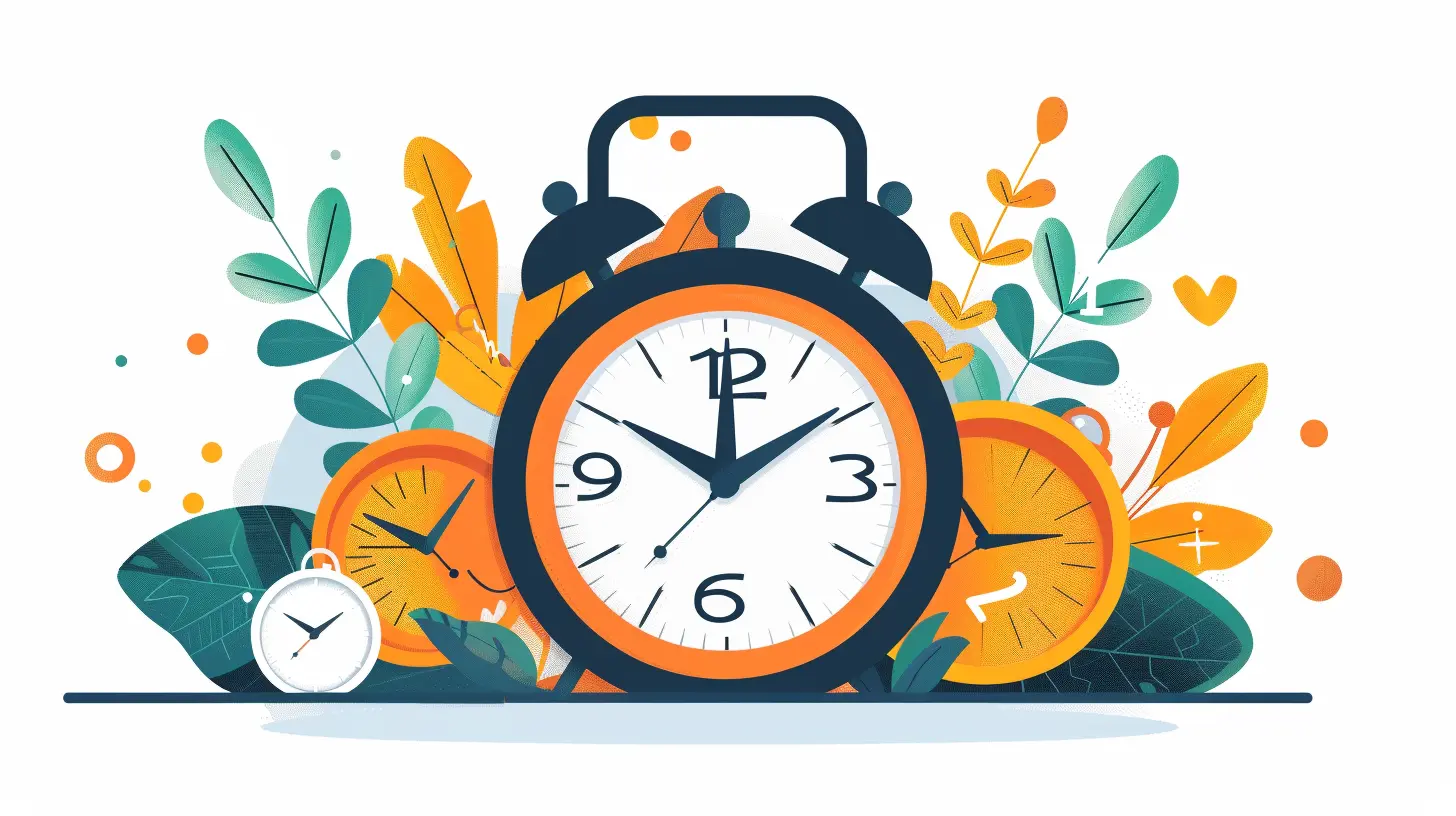How to Set Up Automatic Payments on Your Student Loans to Avoid Late Fees
1 October 2025
Student loans—ugh, just the phrase alone comes with a side of stress. If you’ve ever missed a payment or come dangerously close, you know the anxiety that tags along. Late fees? Interest piling up? A dip in your credit score? No, thank you.
But here’s the good news—you can dodge that headache with one simple move: setting up automatic payments. It’s like putting your loans on autopilot so you can focus on things like getting that degree, landing your dream job, or just living your life without that nagging voice in your head.
In this article, we’re diving deep into how to set up automatic payments for your student loans, why it’s a smart move, and a few things to keep in mind to make sure you’re doing it the right way.
Why Automatic Payments Are a Game-Changer
Before we get into the nitty-gritty of how to set them up, let’s talk about why automatic payments are such a solid financial strategy.1. No More Late Fees
Let’s face it—life gets busy. Between work, school, family, and just trying to keep up, it’s super easy to forget about due dates. One missed payment can trigger a late fee, and that’s money down the drain. Setting up auto-pay makes sure you never miss a due date again.2. It Can Boost Your Credit Score
Did you know that your payment history is the biggest factor in your credit score? Yep, about 35% of your score comes from how consistently you pay bills. Automatic payments help keep that history squeaky clean.3. You Might Get a Discount
Many student loan servicers offer a small interest rate reduction—usually around 0.25%—just for enrolling in automatic payments. It may not seem like a lot, but over the life of your loan, it seriously adds up.4. Less Stress, More Peace of Mind
Knowing your payments are taken care of gives you one less thing to worry about. It’s like your loan is on cruise control while you focus on more important stuff.
What to Know Before You Set Up Auto-Pay
Alright, before you jump in and turn on the auto-pay switch, there are a few things to think about first.1. Do You Have a Stable Income?
Auto-pay works best when you know money will be in your account on payment day. If your income is irregular, you might want to set up reminders or pay manually until your income steadies out.2. Know Your Loan Servicer
Not all loans are created equal. Some of yours might be federal, some private. Each lender or servicer has their own process for setting up automatic payments. Be sure you know who you're dealing with.3. Check the Terms
Some loans have prepayment penalties (mostly private ones). Others might apply payments differently depending on the loan type. You’ll want to read the fine print before automating anything.
Step-by-Step Guide: How to Set Up Automatic Payments on Your Student Loans
Okay, now for the “how-to” part. Let’s break down the setup process for both federal student loans and private student loans. Grab your favorite beverage and let’s get this done.For Federal Student Loans
If you have federal loans, they’re most likely managed by a loan servicer like Nelnet, Navient, MOHELA, Great Lakes (or others). Here’s what you typically need to do:Step 1: Log Into Your Loan Servicer’s Portal
Head over to your servicer’s website and log into your account. If you’re not 100% sure who your servicer is, visit the National Student Loan Data System at studentaid.gov to find out.Step 2: Navigate to the Auto-Debit or Auto-Pay Section
Once you're in, look for a menu labeled something like “Payment Options” or “Auto-Debit.” It’s usually pretty easy to spot.Step 3: Provide Your Bank Info
You’ll be asked for your bank routing number and account number. Double-check these to make sure there are no typos—this is not a place to wing it.Step 4: Select the Loan(s) to Enroll
If you’ve got multiple loans, you can typically choose which ones you want to include in auto-pay. This is great if you only want to automate some of your loans for now.Step 5: Confirm & Review
After you’ve submitted your information, review the confirmation page. Make sure everything looks right, especially the date your payments will start.Step 6: Wait for Confirmation
You might get an email or a message in your online account confirming enrollment. Some servicers take a full billing cycle to start auto-pay, so be sure to keep paying manually until auto-pay officially kicks in.For Private Student Loans
Private lenders like Sallie Mae, SoFi, Discover, or your local bank have their own systems. While the overall process is similar, the details can vary.Step 1: Log Into Your Lender’s Online Portal
Find your lender’s website and log in to your account. If you’ve never created an online profile, you’ll need to register first.Step 2: Look for “Auto-Pay” or “Recurring Payments”
Click on the auto-pay tab or section. Sometimes it’s under “Payment Settings” or labeled differently, but the idea is the same.Step 3: Add Your Bank Details
Enter your banking information just like you would for any recurring bill. Many lenders support checking accounts and some may allow debit cards.Step 4: Choose Timing and Amount
Some private lenders let you pick between paying just the minimum, a fixed amount, or the full balance due each month. Choose what works best for your budget.Step 5: Confirm and Save
Review everything carefully, then click “Save” or “Confirm.” Your lender will usually send a confirmation email once everything is all set.
Pro Tips to Make the Most of Automatic Payments
You’re not just trying to avoid late fees—you’re trying to own your financial life like a boss. Here are some extra pointers to help you get the most out of auto-pay:1. Set a Calendar Reminder Anyway
Just because it’s automatic doesn’t mean you shouldn’t keep tabs. Set a reminder a few days before the deduction hits, so you can make sure your bank account has enough funds.2. Keep an Eye on Your Account
Log in every month or two to ensure payments are going through. Tech glitches happen, and the last thing you want is an unexpected hiccup.3. Budget for It Like a Non-Negotiable Bill
Treat your student loan like rent—it’s not optional. Build it into your monthly budget, so it’s always covered.4. Re-evaluate If Your Financial Situation Changes
Got a promotion? Lost a side gig? Take a look at your payment plan from time to time. Maybe you can pay more—or maybe you need to scale back and make adjustments.5. Use Auto-Pay + Manual Overpayments for Faster Payoff
Want to crush your loans faster? Stick with auto-pay for your minimum, and then schedule manual payments for extra. Even chipping in an extra $50 a month can shave years off your loan term.When You Might Want to Pause Auto-Pay
Sometimes life throws a curveball. Here are a few times when you might want to temporarily pause your automatic payments:- You’re switching banks and need to update your account info
- You’re entering forbearance or deferment
- You’re dealing with financial hardship and need to reevaluate
In those cases, contact your servicer. Most allow you to pause or cancel auto-pay temporarily without penalty.
What If You Miss a Payment Anyway?
Stuff happens. If a payment fails because of insufficient funds or a bank error, don’t panic. Here’s what to do:1. Log in and make up the payment ASAP.
2. Call your servicer and explain the situation.
3. Ask if the late fee can be waived—especially if it’s your first offense.
4. Update your auto-pay info if your bank details have changed.
Conclusion: Let Automation Do the Heavy Lifting
Setting up automatic payments on your student loans is honestly one of the easiest wins you can get in personal finance. It’s simple, it’s smart, and it saves you from costly mistakes. Whether you're just starting out or deep in repayment mode, auto-pay is your financial BFF.Think of it like planting a tree. You do a little work now, and over time, it pays off big—less stress, fewer fees, and a smoother path to financial freedom.
So, if you haven’t already—go get those payments automated. Your future self will thank you big time.
all images in this post were generated using AI tools
Category:
Student LoansAuthor:

Uther Graham
Discussion
rate this article
1 comments
Zealot McPhail
Setting up automatic payments is a smart move to avoid late fees on student loans. It's a simple step that can enhance financial stability and peace of mind.
October 9, 2025 at 4:06 AM


